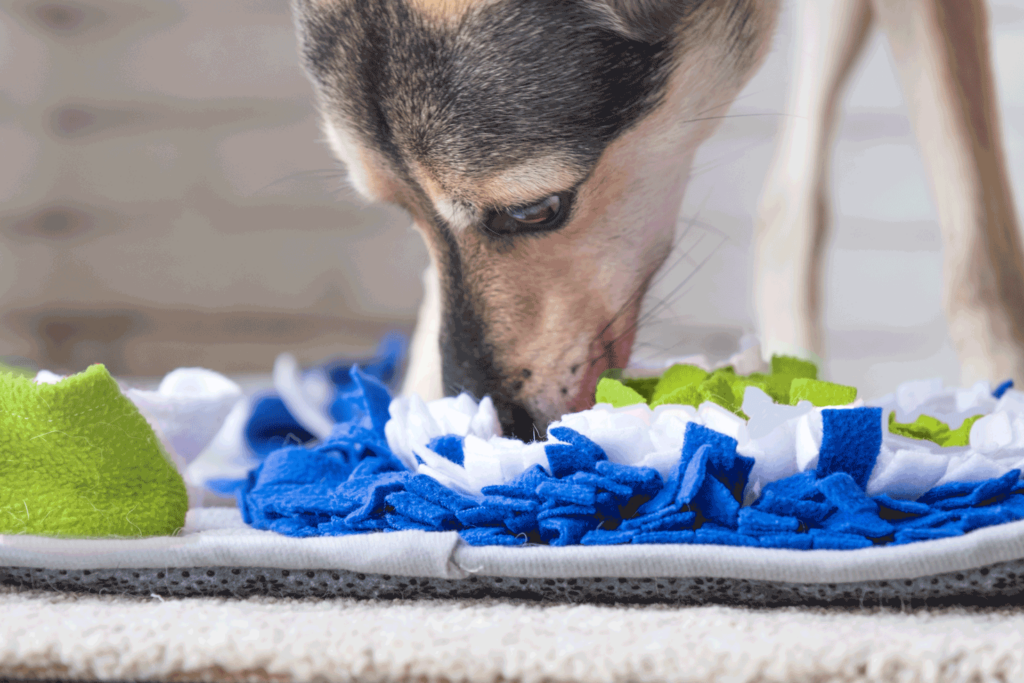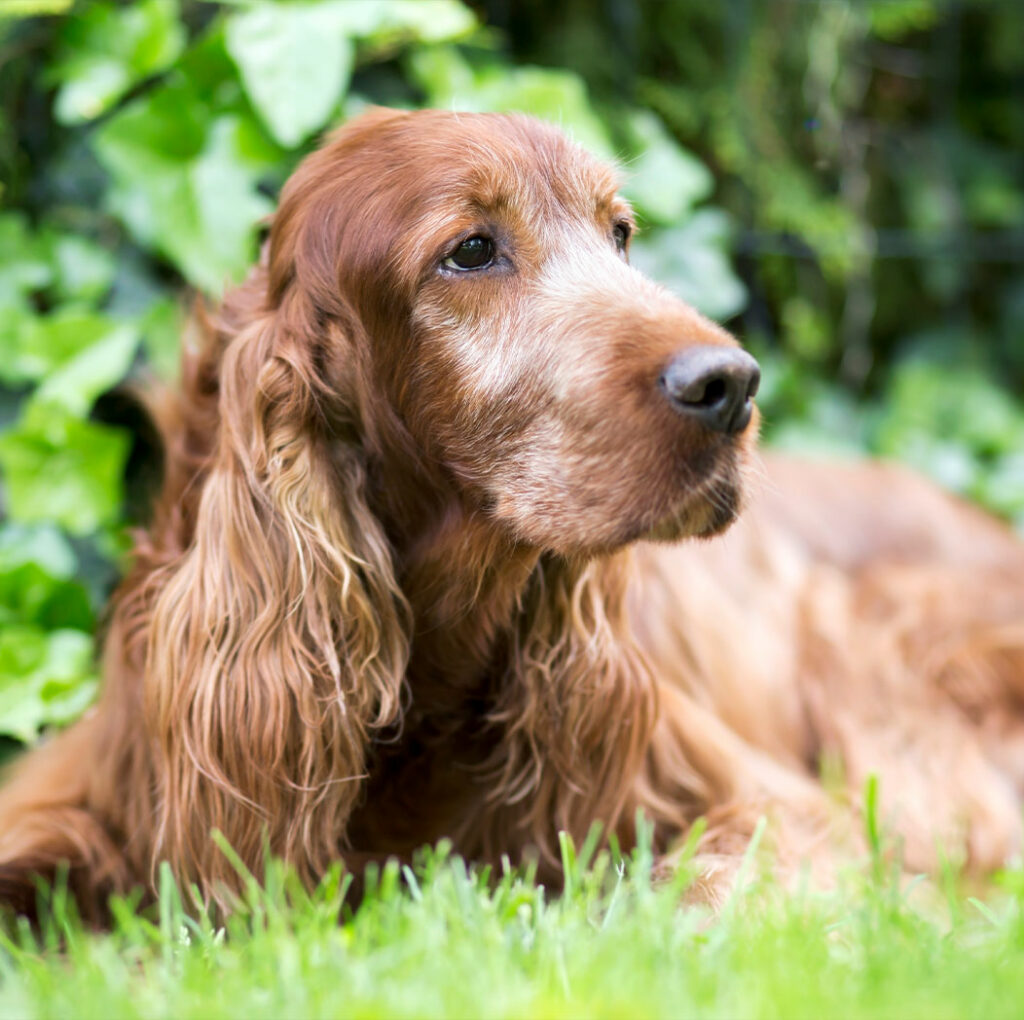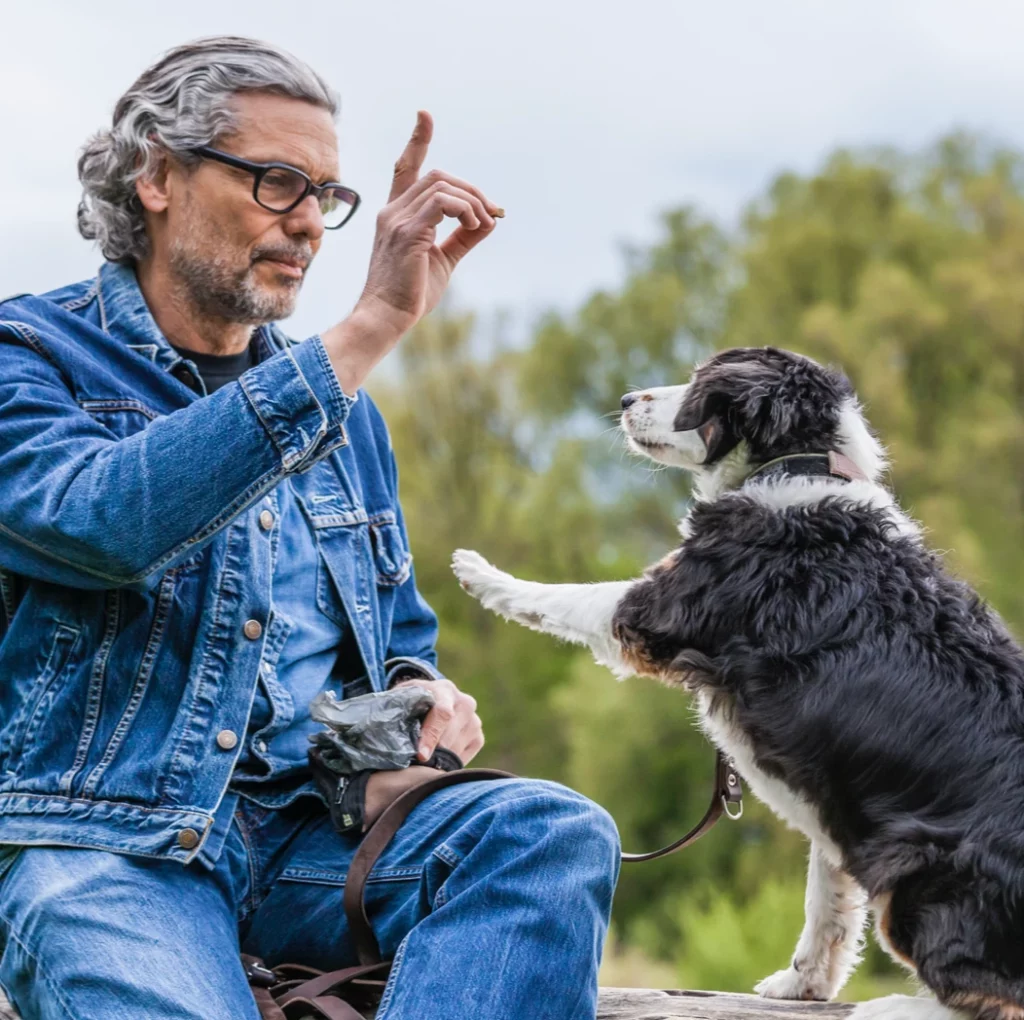
Dogs experience the world through their five senses: sight, smell, hearing, taste, and touch. Sensory enrichment focuses on stimulating these senses to offer your furry friend a full and engaging life. You probably already provide some sensory enrichment, like offering treats and taking walks, but additional stimulation provides additional benefits.
Why Sensory Enrichment Matters
Sensory enrichment is important because it helps to:
Reduce Stress and Anxiety: Sensory experiences can be soothing and help lower stress levels.
Improve Behavior: Engaging your dog’s senses can reduce boredom-related behaviors like chewing and barking.
Enhance Learning and Training: Stimulating your dog’s senses can improve their focus and responsiveness during training.
Boost Overall Happiness: A sensory-rich environment contributes to a dog’s mental and emotional well-being.
Enrichment Ideas for Each Sense
Sight
Compared to humans, dogs can see better in the dark, have a wider field of view, and can see moving objects more clearly, helping them with hunting and tracking. Engaging their sense of sight lets them hone these instincts and excite their minds.
New Scenery: Take your dog to different parks, trails, and urban areas. New sights expand their world!
Blue or Yellow Toys: Dogs can only see shades of blue, yellow, gray, and brown. Choosing toys that are these colors makes them easier for dogs to see.
Hand Signals: Dogs are excellent at understanding body language. During training sessions, incorporate hand signals with verbal commands to accelerate their learning.
Smell

Dogs have an extraordinary sense of smell. They have more than 100 million sensory receptors in their noses, compared to 6 million in humans, allowing them to smell between 1,000 to 10,000 times better.
- Scent Trails: Drag a highly aromatic treat like Pet Botanics Training Rewards along the ground to create a scent trail, and let your dog follow the trail to find the treat. Or, simply hide the treat somewhere easy to find.
- Snuffle Mats: These mats are designed to hide treats among fabric strips, encouraging your dog to use their nose to sniff out the rewards.
- Herb Gardens: Create a sensory garden with aromatic, dog-safe herbs, like chamomile, lavender, rosemary, and mint, and let your dog sniff and explore.
Hearing
Dogs have a keen sense of hearing — about 4-5 times as sensitive as humans. They can detect very high-pitched sounds that humans cannot, and they can hear sounds from much further away.
New Sounds: Expose your dog to various sounds, like different types of music, nature sounds,
or city noises. Which sounds do they enjoy?
- Squeaker Toys: Toys that make sounds when squeezed or moved provide auditory enrichment during play.
- Auditory Cues: Incorporating noise into training can improve their focus and reinforce learning. Whether it’s a verbal command, clicker, whistle, or unique call, you can teach them to associate the sound with a desired response.
Taste
Taste is an obvious but sometimes overlooked sense when it comes to enrichment.
Treat Variety: Want to see that tail take off? Offer them a new treat flavor! Pet Botanics Training Rewards come in flavors like chicken, bacon, beef, and peanut butter, providing a delightful range of your dog’s taste buds.
Food Puzzles: Treat dispensing toys and food puzzles make meals and playtime more stimulating. For dogs that gobble up their food in seconds, food puzzles also help slow their eating to aid digestion and satisfaction.
Pup-sicles: Make delicious frozen treats at home! Place a Pet Botanics Training Reward in each compartment of an ice cube tray, fill partway with water, broth, or wet food, then freeze. They’re perfect for those dog days of summer.
Touch
Physical touch, as well as tactile experiences, are vital for dogs’ well-being.
- Massage: Regular massages can be both relaxing and stimulating for your dog. Focus on areas they enjoy being touched, like their face, neck, and ears, and use it as a bonding activity.
- Textures: Introduce your dog to various textures, like rubber toys, plush blankets, and textured surfaces like grass and sand. Have a hose handy? Let them play in mud!
- Interactive Play: Play games that involve physical contact, such as tug-of-war or fetch. Reward them with all the pats and belly rubs they desire.
Enrichment activities like these are more than boredom busters. By engaging their senses, you are stimulating their minds and bodies and giving them a richer, more fulfilling life — exactly what your best friend deserves.

